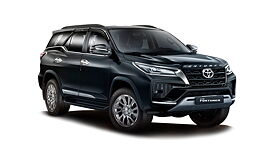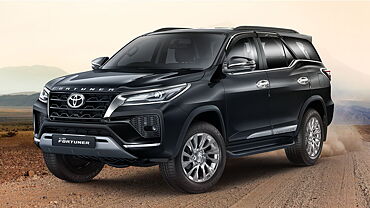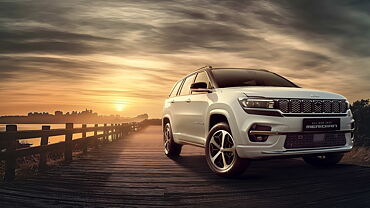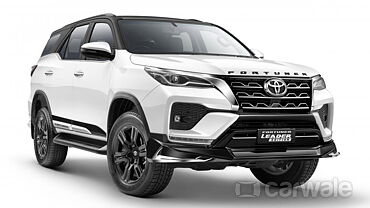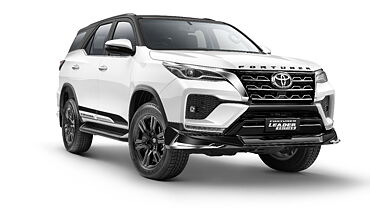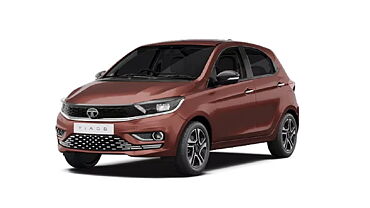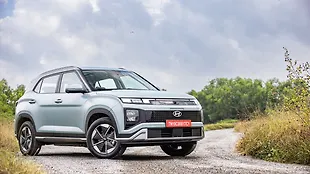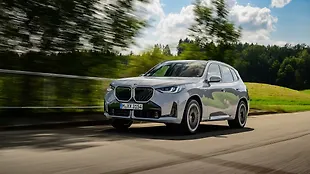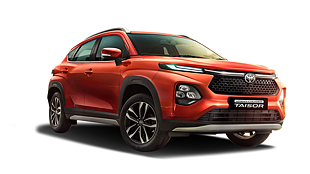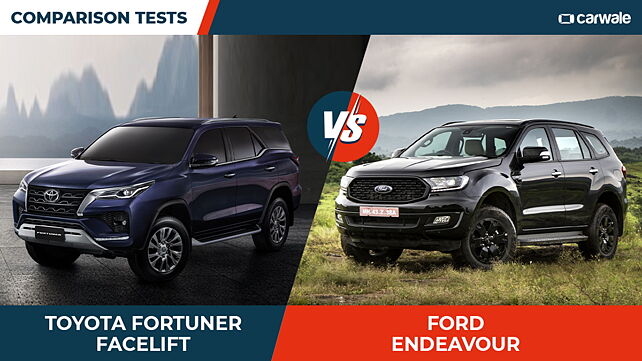
Japanese car manufacturer, Toyota has strengthened competition in the SUV segment with the recently launched Fortuner facelift. The SUV competes against the likes of the Ford Endeavour. The Toyota Fortuner has been on sale for a decade and it last received an update in 2016. This time around, the vehicle has received a fresh set of cosmetic and feature updates. The Ford Endeavour received a BS6 update, along with mild feature updates in February 2020. Here are the key differences between the two popular names in the SUV segment.
Exterior
The Toyota Fortuner facelift gets a large blacked-out grille with bold chrome borders. The SUV also gets LED headlamps and LED DRLs on either side. The redesigned bumper houses large air intakes with fog lamps, front sensors, and silver skid plates. The SUV rides on multi-spoke 18-inch chrome alloy wheels. The rear section features sleek split LED tail lamps. As a part of the fresh update, the Fortuner facelift is now available in a sparkling black crystal shine option as well. The sportier iteration of the Fortuner, called the Legender, gets a quad-LED headlamp setup with signature waterfall design DRLs. The turn indicators are smartly positioned into the bumpers. The 18-inch alloy wheels feature black highlights to distinguish the Legender from the regular model.
The Ford Endeavour gets all-LED headlamps, encased in an all-new contemporary square design lamp cluster. The LED lamps for both low and high-beam claim to provide up to 20 per cent greater light penetration for enhanced night-time visibility. The SUV gets a large panoramic roof, which covers up to 50 per cent of the roof area. The Endeavour gets a crossover-like styling element which is achieved by making the rear overhangs longer than the front one and lowering the roofline for a more streamlined appearance. The Ford Endeavour is also available in the Black Edition with an all-black exterior detailing in the form of smoked headlamps, black ORVMs, black grille, black fender gills, black front and rear skid plate, black roof rails, black alloy wheels, and black inserts on the side steppers. The rear of the SUV gets black garnish on the tail gate. Moreover, it also gets Sport decals on the rear doors and the tailgate.
Interior
The Toyota Fortuner features the new black and chamois leather upholstery. The dashboard is adorned with a new eight-inch touchscreen infotainment system with Apple CarPlay and Android Auto connectivity. The instrument cluster features blue illumination with silver surrounds around the analogue dials. The SUV gets a woodgrain pattern around the gear lever, while the top-spec variants are offered with 11 speaker stereo system from JBL. The Legender further enhances the style quotient with the dual-tone black and maroon colour leather upholstery, wireless charging, ambient lighting, and black dials with white illumination for the instrument console.
The Ford Endeavour offers ample legroom and headroom for passengers in all-three rows. The feature highlights include a four-wheel-drive system that gets an active transfer case with torque on demand and Terrain Management System (TMS) with four pre-set modes Normal, Snow/Mud/Grass, Sand, and Rock – that alter the vehicle’s throttle response, transmission, the four-wheel-drive system, and traction control to tackle different situations.
Engine
The Toyota Fortuner is available in both petrol and diesel engine options. The 2.7-litre petrol engine generates 164bhp at 5,200rpm and 245Nm at 4,000rpm. This engine comes mated to a five-speed manual transmission and a six-speed automatic transmission option. The diesel variant gets a 2.8-litre engine that produces 201bhp in both manual and automatic transmission options. However, the manual diesel variant produces 420Nm of torque, while the automatic variant produces 500Nm of torque. The 4x4 drivetrain is limited to a diesel engine option.
The Ford Endeavour is powered by a 2.0-litre EcoBlue diesel engine which produces 167bhp and 420Nm of torque. The company claims that the vehicle gets first-in-segment SelectShift technology that offers flexibility to lock gears in the desired range. Moreover, Ford claims that the new diesel engine returns 14 per cent better fuel economy than its predecessor, along with 20 per cent improvement in low-end torque as compared to the older 2.2-litre TDCi engine. The Ford EcoBlue engine is also more refined and quieter with a four-decibel reduction in idle noise. This engine is available in both 4x2 and 4x4 drivetrain options.

